PHILADELPHIA — The Amtrak train that derailed here Tuesday night was traveling 106 mph, more than twice the authorized speed, as it approached a sharp bend in the tracks, the National Transportation Safety Board said on Wednesday.
The engineer applied the emergency brakes, but the action was too late. The train was still moving at 102 mph when it hit the curve about three seconds later and the engine and all seven cars derailed.
“It takes a long time to decelerate a train,” NTSB board member Robert Sumwalt said. “You’re supposed to enter the curve at 50 miles per hour.”
The derailment of the Washington-to-New York train killed seven people, injured more than 200 and disrupted service in the busiest passenger rail corridor in the country.
Sumwalt said there is technology available, known as Positive Train Control, that prohibits trains from exceeding speed limits. The system is in much of the Northeast Corridor, but Amtrak had not installed it on the section of track where the derailment happened. Congress has mandated that the system be installed throughout the U.S. rail system by the end of this year.
“Had such a system been installed on this section of track, this accident would not have occurred,” Sumwalt said.
Philadelphia police interviewed the train’s engineer, who was required to undergo drug and alcohol testing after the crash, but they did not reveal what he said. NTSB investigators said they planned to interview him as well.
The derailment occurred as the train made a hard left turn several miles north of the city’s 30th Street Station. After gliding slowly out of the station, the train made its way past the municipal zoo and turned to make a straight shot across the breadth of city. Trains are allowed to reach 80 mph in that stretch. Sumwalt said it wasn’t clear when the engineer realized he was going too fast or how long it took him to reach 106 mph.
“When the engineer-induced braking was applied, the train was traveling at approximately 106 miles per hour,” Sumwalt said. “Three seconds later (when the train crashed), the speed was 102.”
Sumwalt said no evidence had surfaced to indicate there had been mechanical or signal problems, but he said that would all be part of the investigation.
“There is a lot of work that needs to be done and will be done,” he said. “Could the speed alone have caused this crash? That’s certainly part of the analysis, that’s exactly what we want to find out. Why did this train derail?”
The question of the train’s speed was unequivocally answered by an initial analysis of its data recorder. Trains are equipped with cameras and sensitive data recorders — akin to what are known as black boxes on aircraft — that measure factors such as speed.
Passengers still able to walk away after being tossed about in the crash struggled to escape the mangled cars, emerging into a dark and eerie expanse of rail bed surrounded by junkyards, auto repair shops and low-slung industrial buildings.
As the twisted wreckage that had been a passenger train was pored over by investigators on Wednesday, authorities notified the families of the seven people killed and tried to account for others who may have been on board.
Sad news came Wednesday night for a family who had been searching for their loved one since Tuesday night. Family members confirmed that Rachel Jacobs, 39, chief executive of Philadelphia-based ApprenNet, had been killed.
Also among those killed was a Naval Academy midshipman. Family members said Justin Zemzer, 20, was on leave and headed to their home in Rockaway Beach, New York.
The Associated Press said that a member of its staff — video software architect Jim Gaines, 48 — was also among the dead. He was returning home to Plainsboro, New Jersey, after a meeting in Washington.
Herbert Cushing, chief medical officer at Temple University Hospital, said eight patients remained in critical condition and three patients were scheduled for surgery on Thursday. He said most of those treated suffered rib fractures.
“There were lots and lots of patients who had rib injuries,” Cushing said, among them Gaines, who died. “The rib fractures tell me they rattled around in the train a lot.”
Abid Gilani, a Wells Fargo executive, also was among the victims. Gilani, 55, had previously been a senior executive at Marriott International in Bethesda.
On Wednesday, rail cars strewn helter-skelter beside the tracks were being cleared by yellow front-end loaders. Though that was an indication that investigators were confident that no more passengers were trapped or lay dead in parts of the crumpled aftermath, firefighters continued to pick through sections of the crushed cars.
The challenge for authorities was in matching passenger records, determining whether people listed were actually on the train, and accounting for people who may have used 10-trip passes to board at the last minute, bypassing the passenger manifest.
“We have not completely matched the manifest from Amtrak with the patient and hospital information,” said Philadelphia Mayor Michael Nutter. “That is a very tedious process.”
The wreck occurred at 9:21 p.m. Tuesday, more than two hours after the train left Washington’s Union Station bound for New York. At the time of the crash, the train was believed to be carrying 238 passengers and five crew members.
The wreck shut down train service along parts of the busy Northeast Corridor. Hundreds of would-be rail passengers rushed to airports and bus terminals instead on Wednesday.
Amtrak said it was uncertain when service would resume in the corridor.
The White House released a statement from President Barack Obama on Wednesday offering his condolences to the families of those killed.
“Along with Americans across our country, Michelle and I were shocked and deeply saddened to hear of the derailment aboard Amtrak Train 188,” the president said in the statement. “Our thoughts and prayers go out to the families and friends of those we lost last night.”
Vice President Joe Biden, who commuted regularly as a U.S. senator from Wilmington, Delaware, via Amtrak, also released a statement on Wednesday: “Amtrak is like a second family to me, as it is for so many other passengers. For my entire career, I’ve made the trip from Wilmington to Washington and back. I’ve come to know the conductors, engineers, and other regulars.”
Amtrak carries nearly 32 million passengers a year. Of that, more than a third — roughly 11.4 million passengers — use its Northeast Corridor service between Washington, New York and Boston, according to its website. New York and Washington’s Union Station are Amtrak’s two busiest stations.
There was at least one other major passenger train accident in the Philadelphia area. In 1943, a train traveling from Washington to New York with 541 passengers went off the tracks, killing 79 passengers.
In Amtrak’s deadliest crash, 47 people were killed near Mobile, Alabama, in 1993, after the train careened off a bridge and fell into a bayou.
An average of 31 Amtrak trains have derailed each year since 2006, according to the Federal Railroad Administration. There have been nine Amtrak derailments so far this year, the agency said.
Other details will soon become available, most notably the condition of the engineers. In addition to being tested for drugs and alcohol, their work schedules will be examined to determine whether they were appropriately rested.
After that, however, investigators will look at a series of more challenging and time-consuming questions. Foremost among them: the condition of the tracks and rail bed.
Rail lines are subject to regular inspections and reporting. The major north-south rail line on the East Coast comes under particular scrutiny.
Examination of the sections of tracks where the derailment occurred will take longer, with NTSB metallurgists likely to put them under a microscope.
Another big piece of the investigation will be the review of video taken at the scene. At least one security camera on a nearby building captured some of the incident, but NTSB investigators also will collect everything they can from cellphone videos and other sources.
Earlier this year, the NTSB lab was able to use video to piece together what happened when a prison bus drove off a highway in Texas and into the path of a freight train, killing eight inmates and two corrections officers.
Descriptions of people tossed about and injured raised questions about whether passenger trains should be equipped with seat belts.
“This has been an ongoing controversy for many years,” said railroad safety expert Larry Mann. “Amtrak has opposed it. Members of Congress don’t want to fund it, so it just doesn’t get any traction.”
Send questions/comments to the editors.

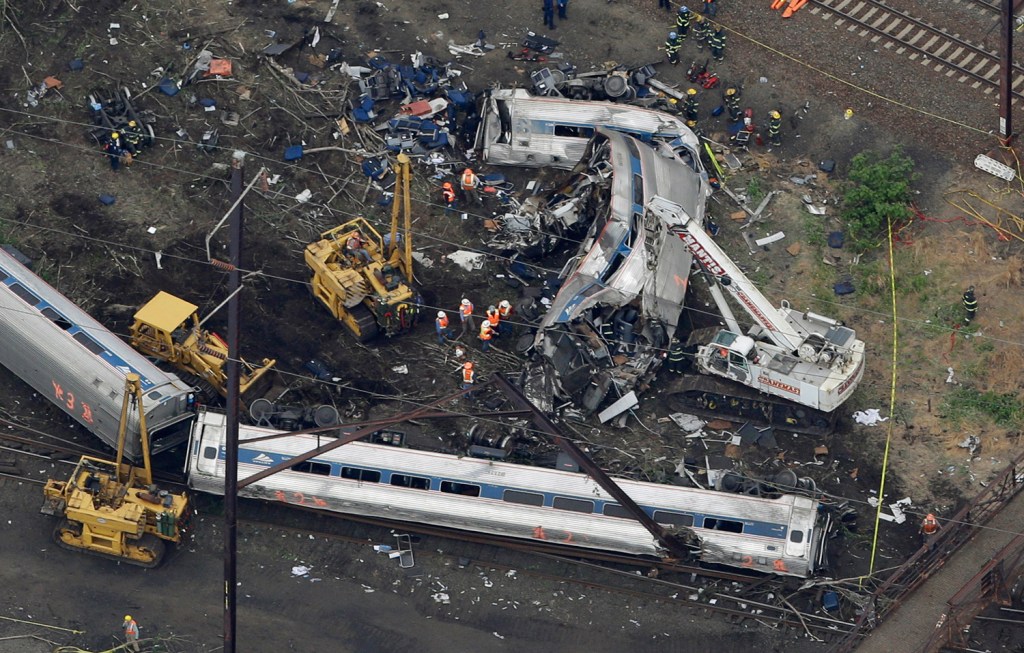
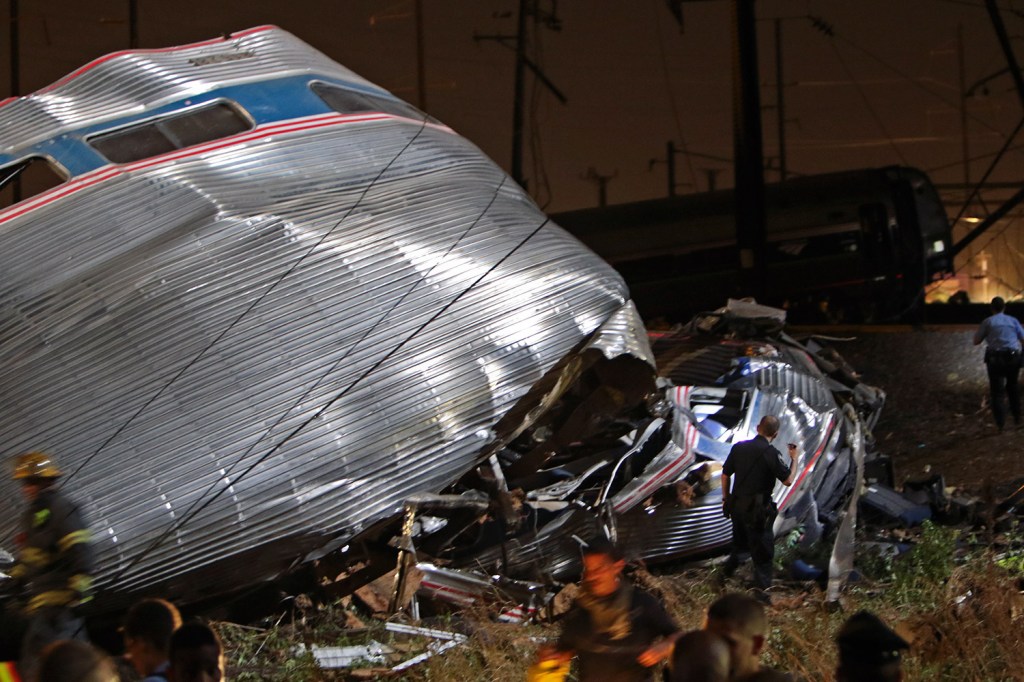
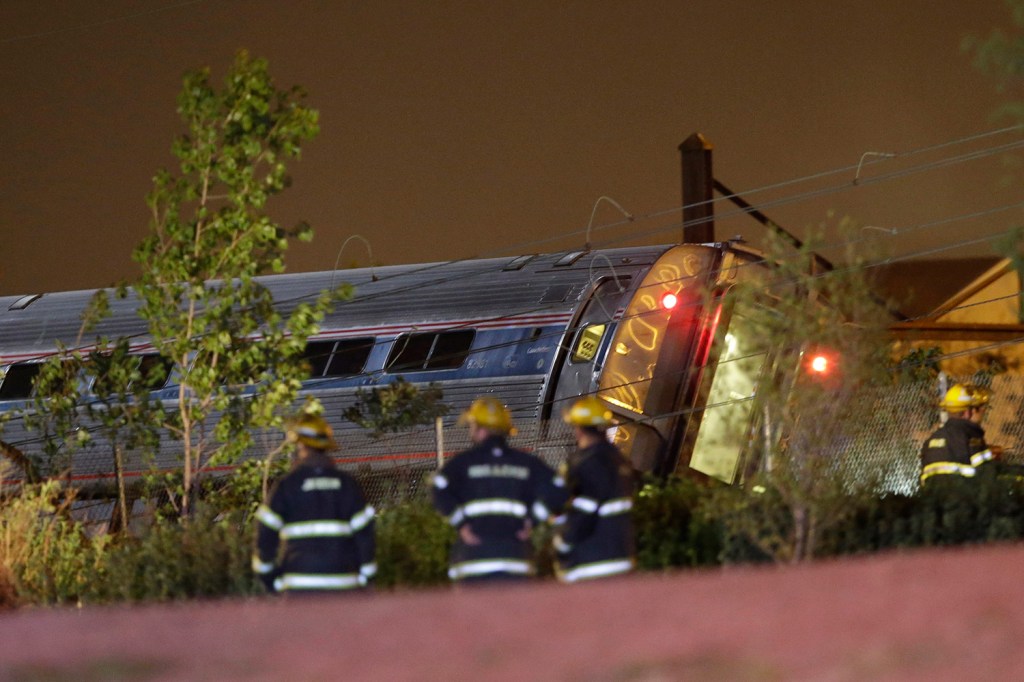
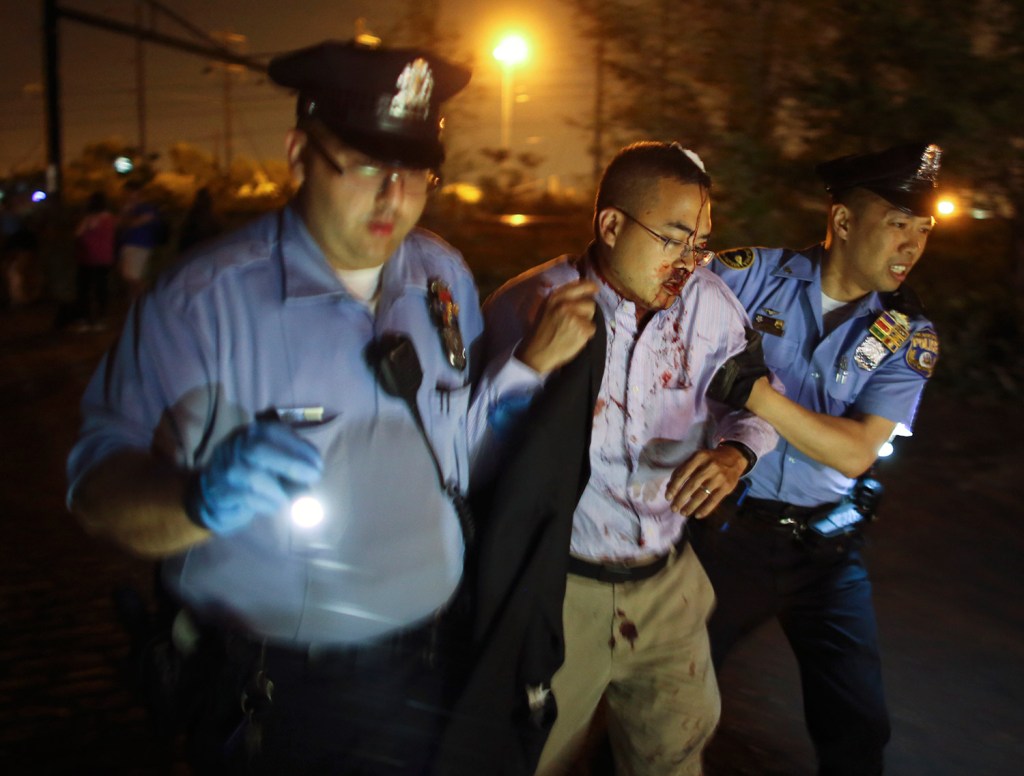
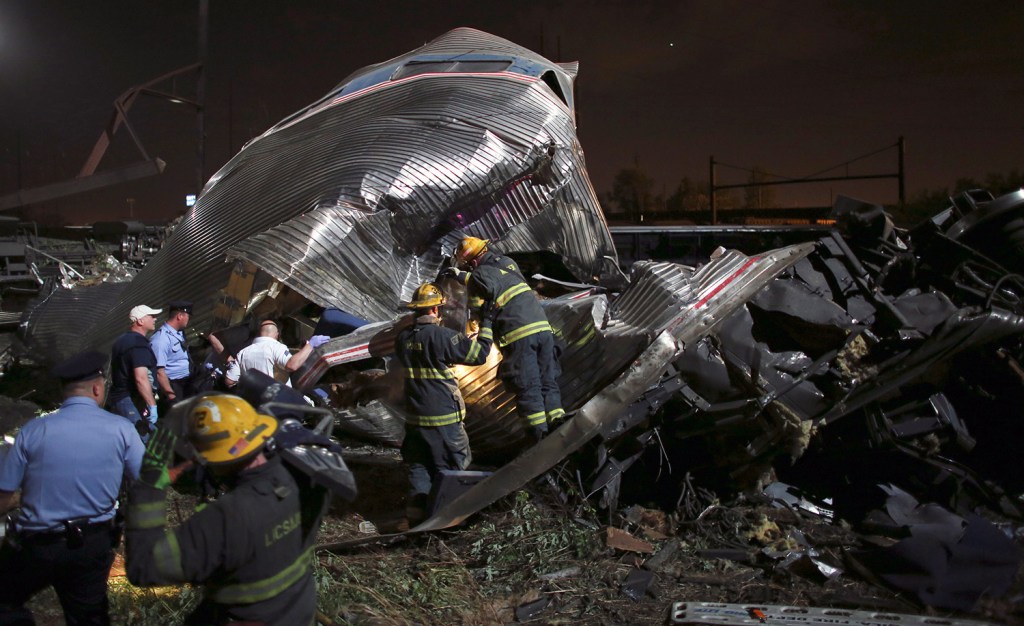
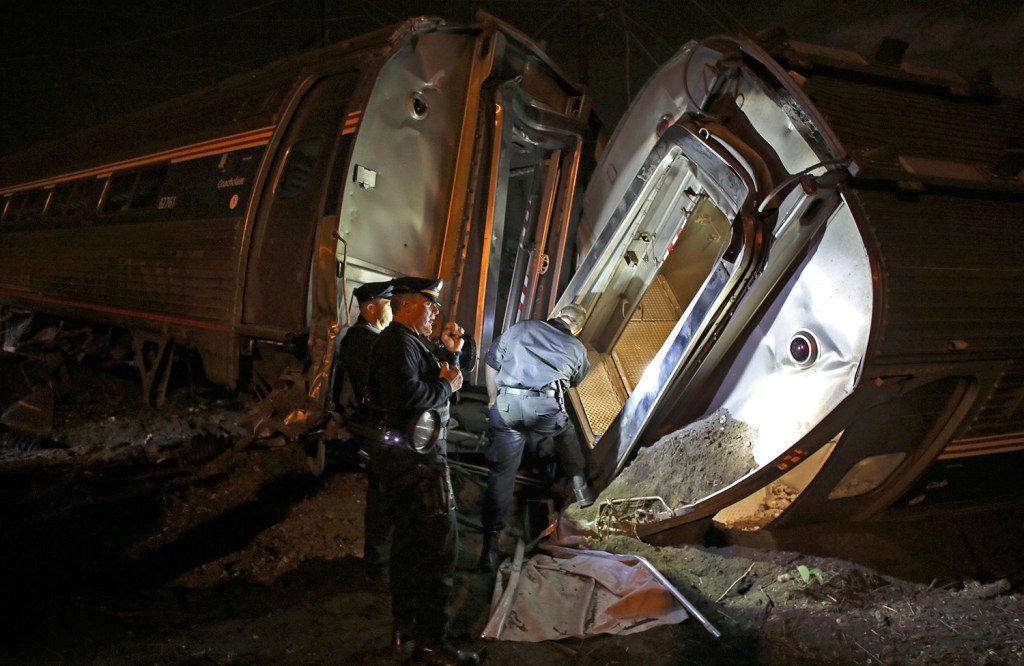
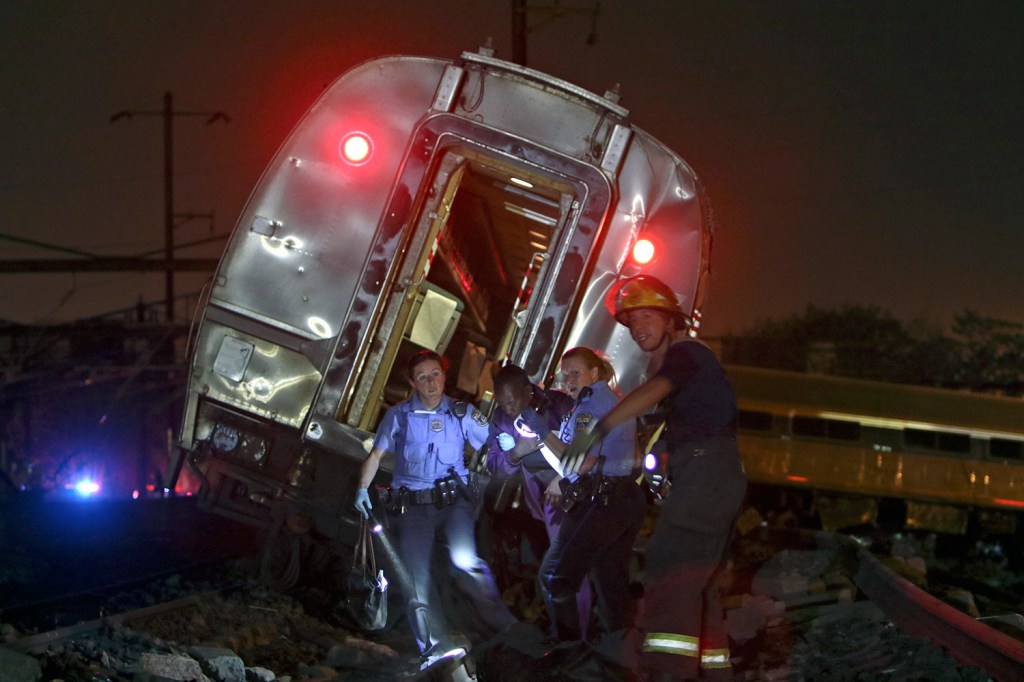
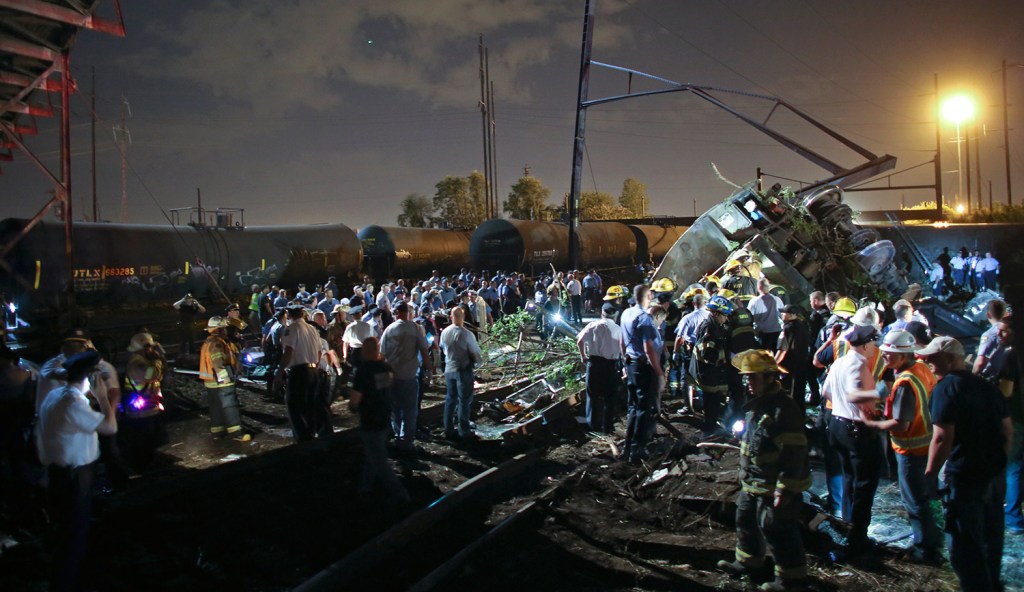
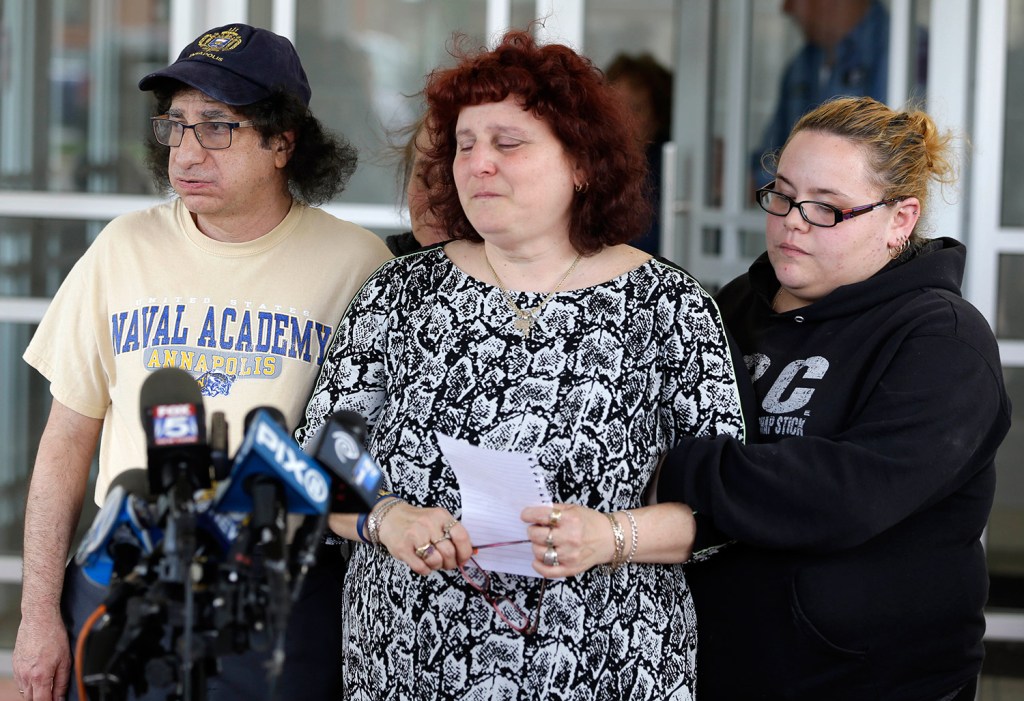
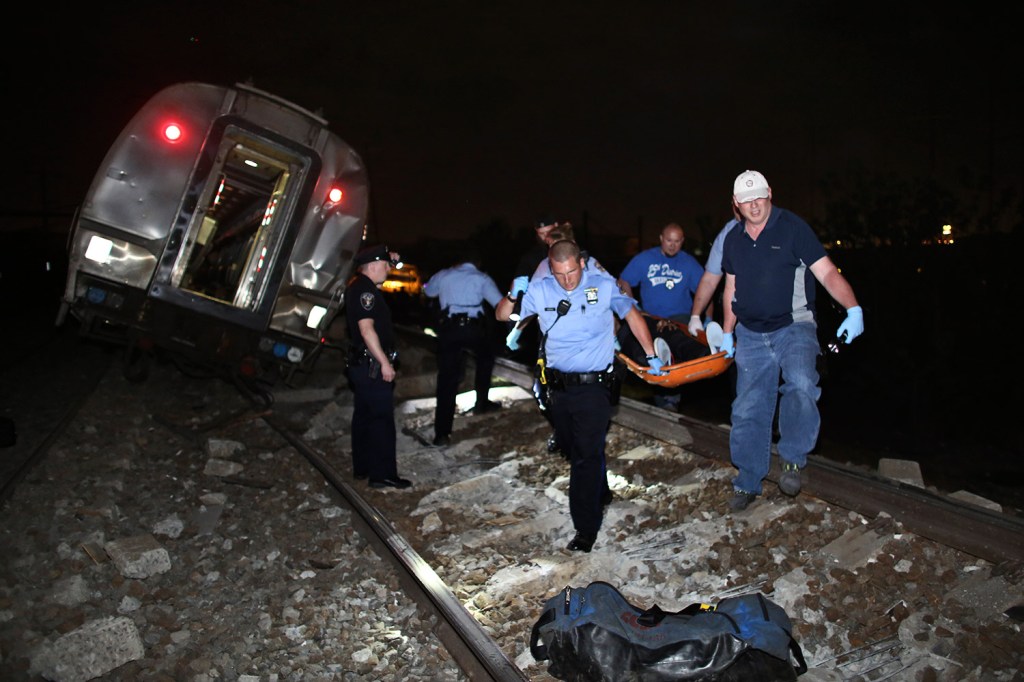
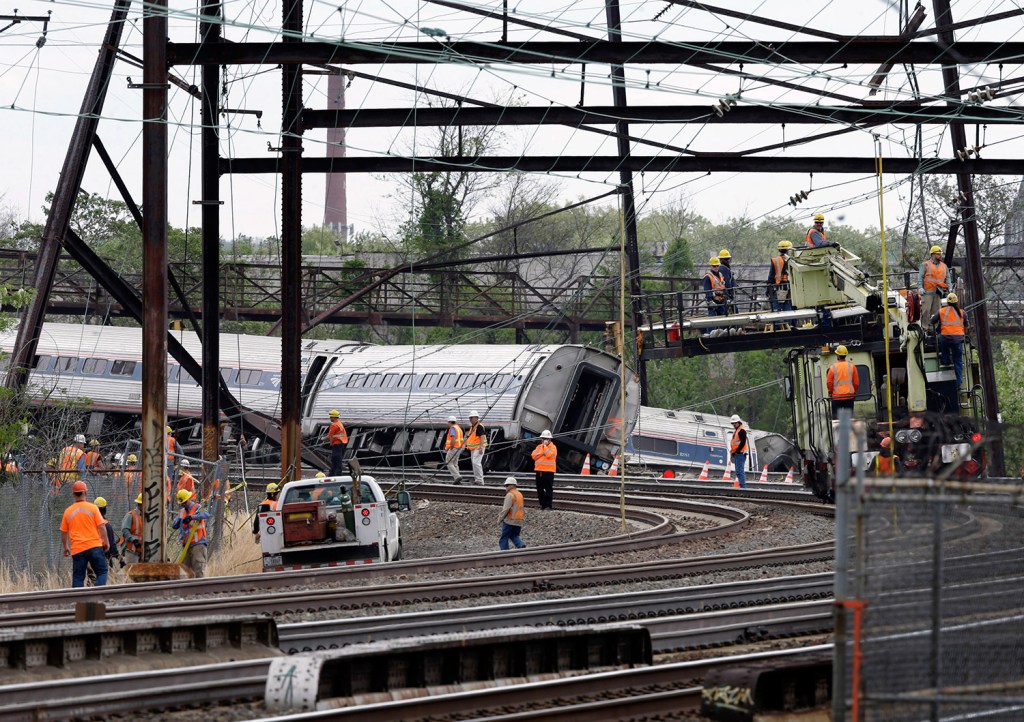
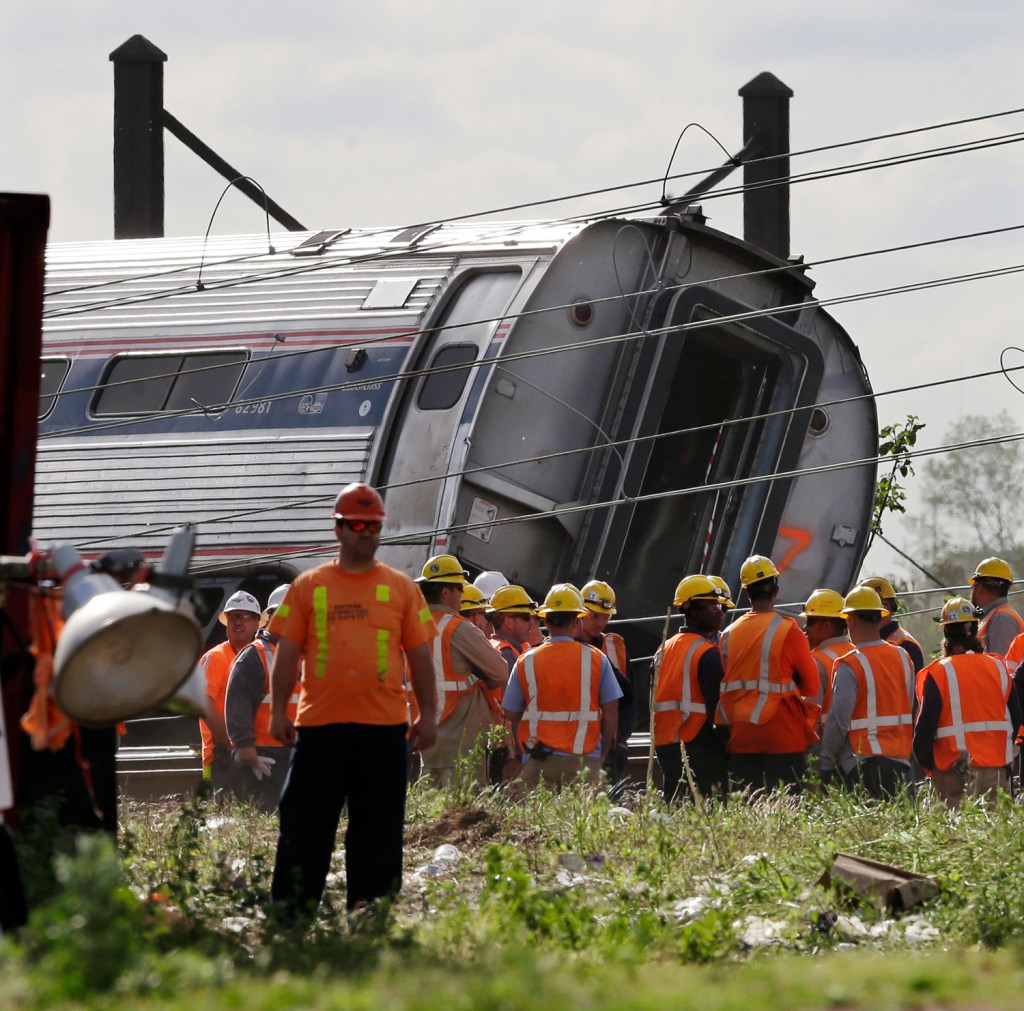
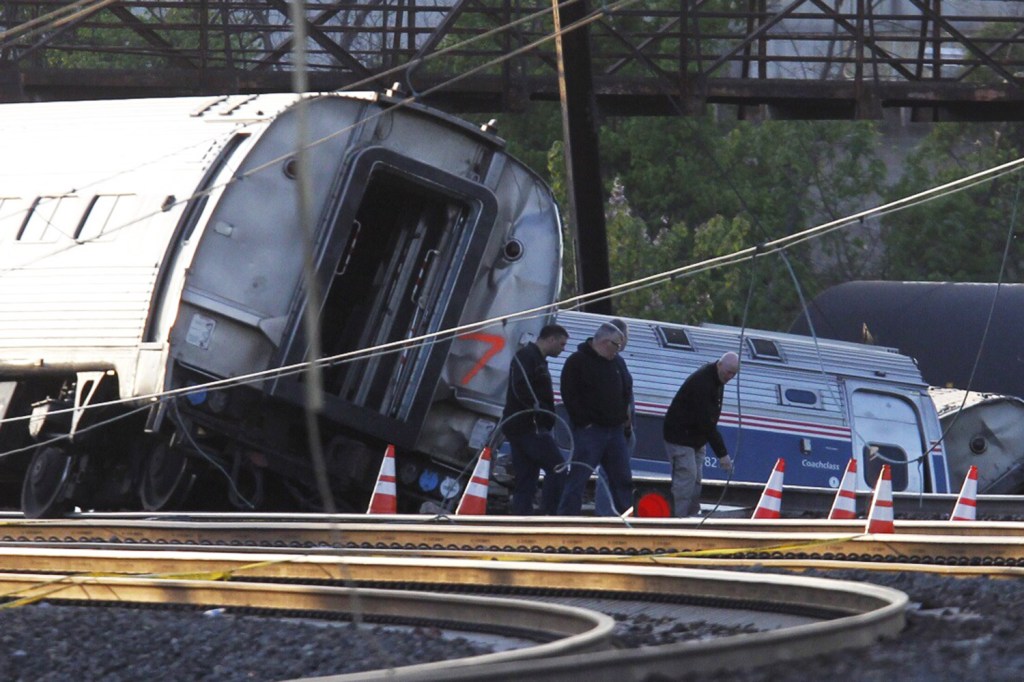
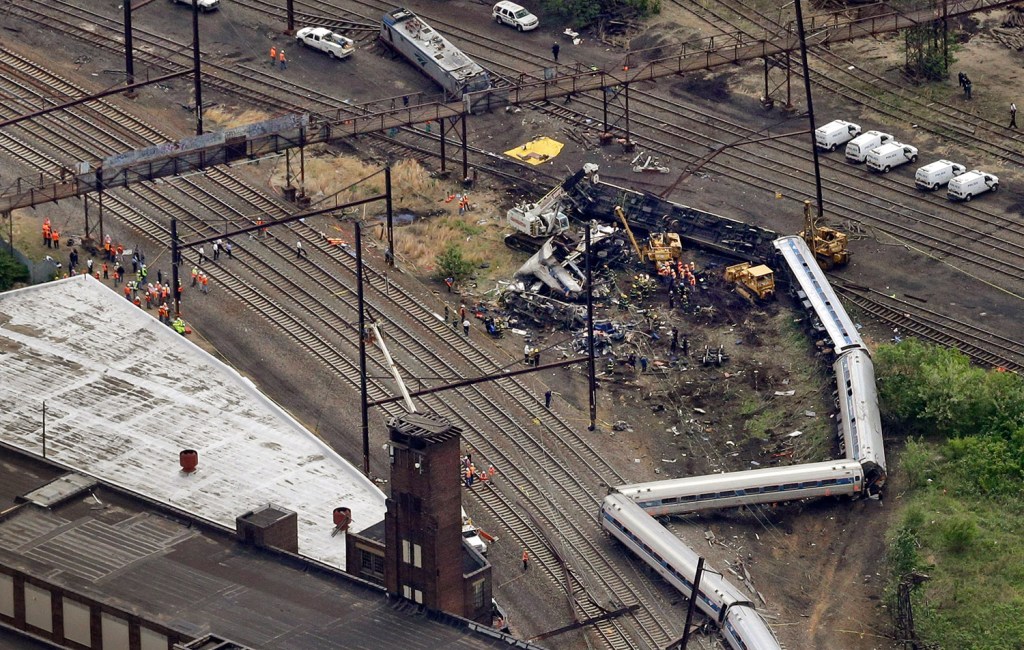
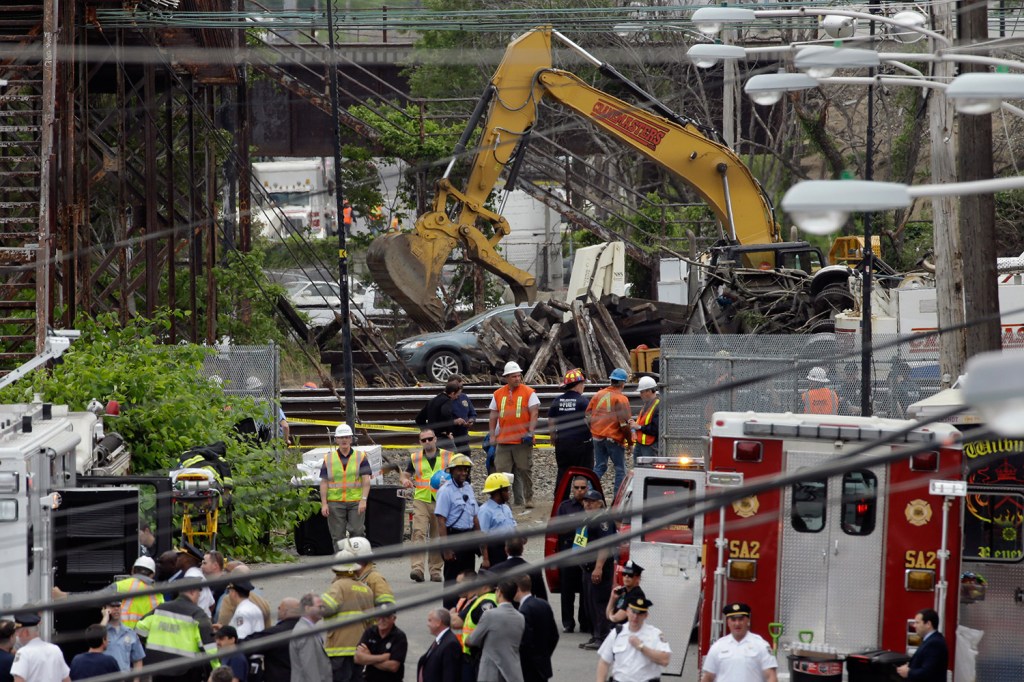
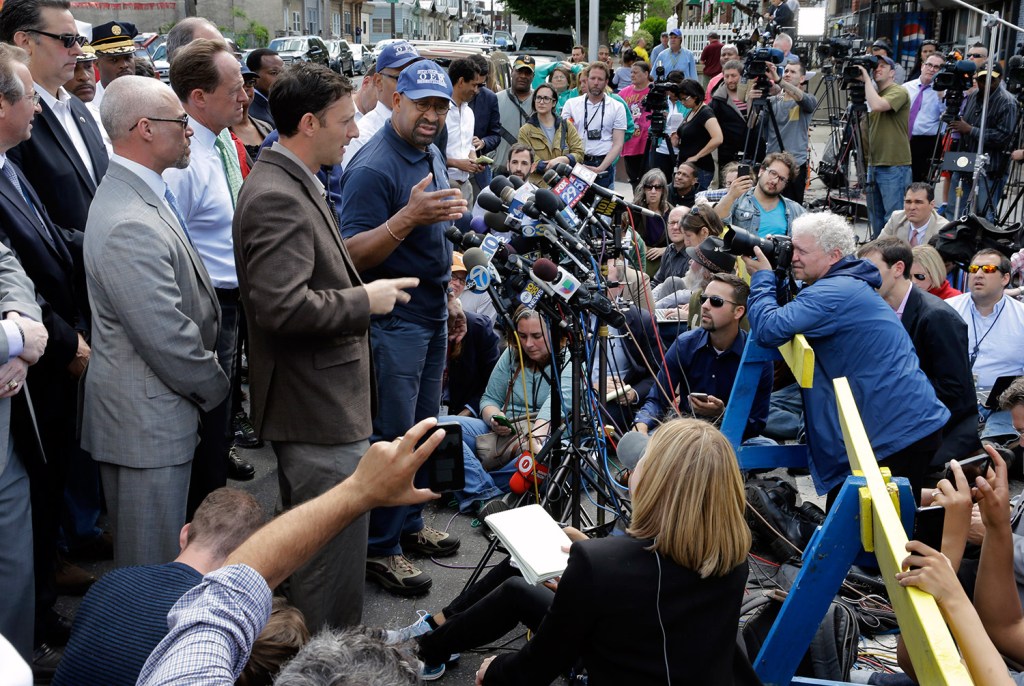


Comments are no longer available on this story